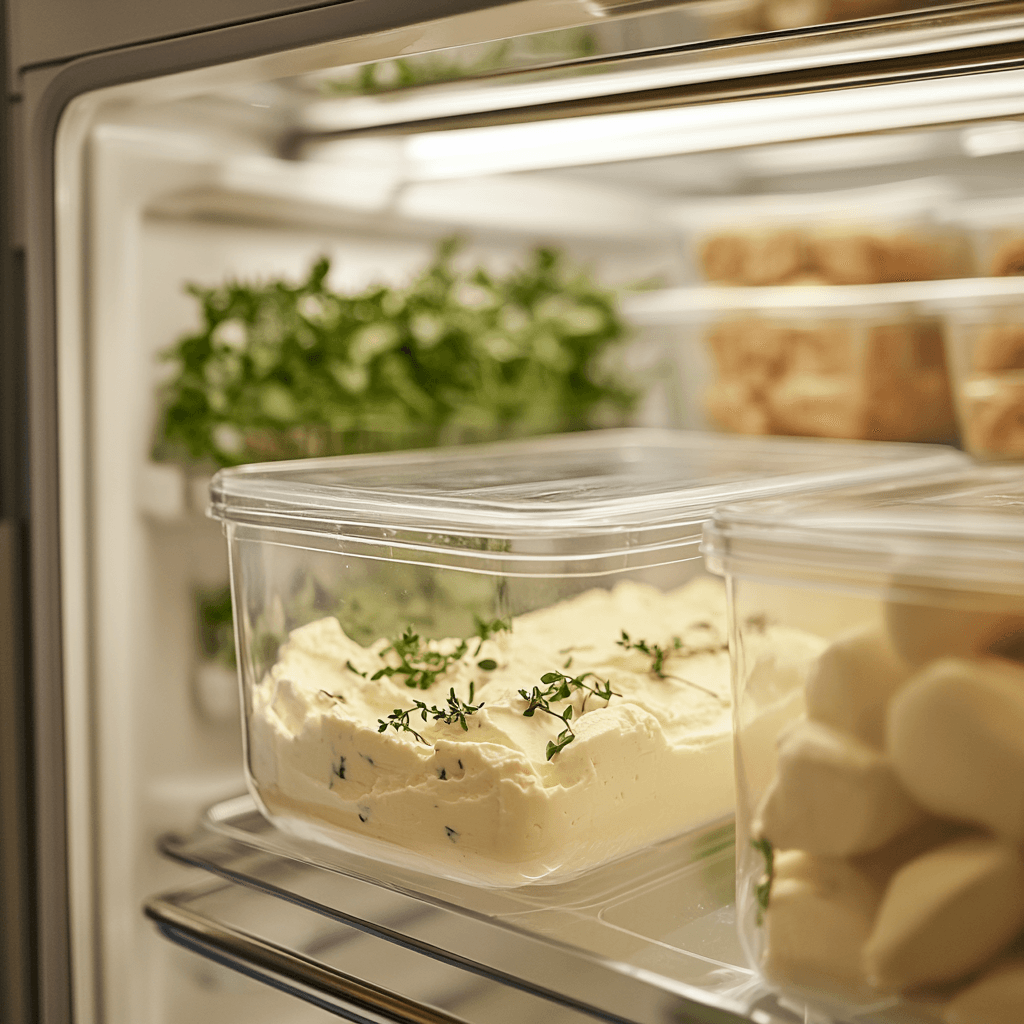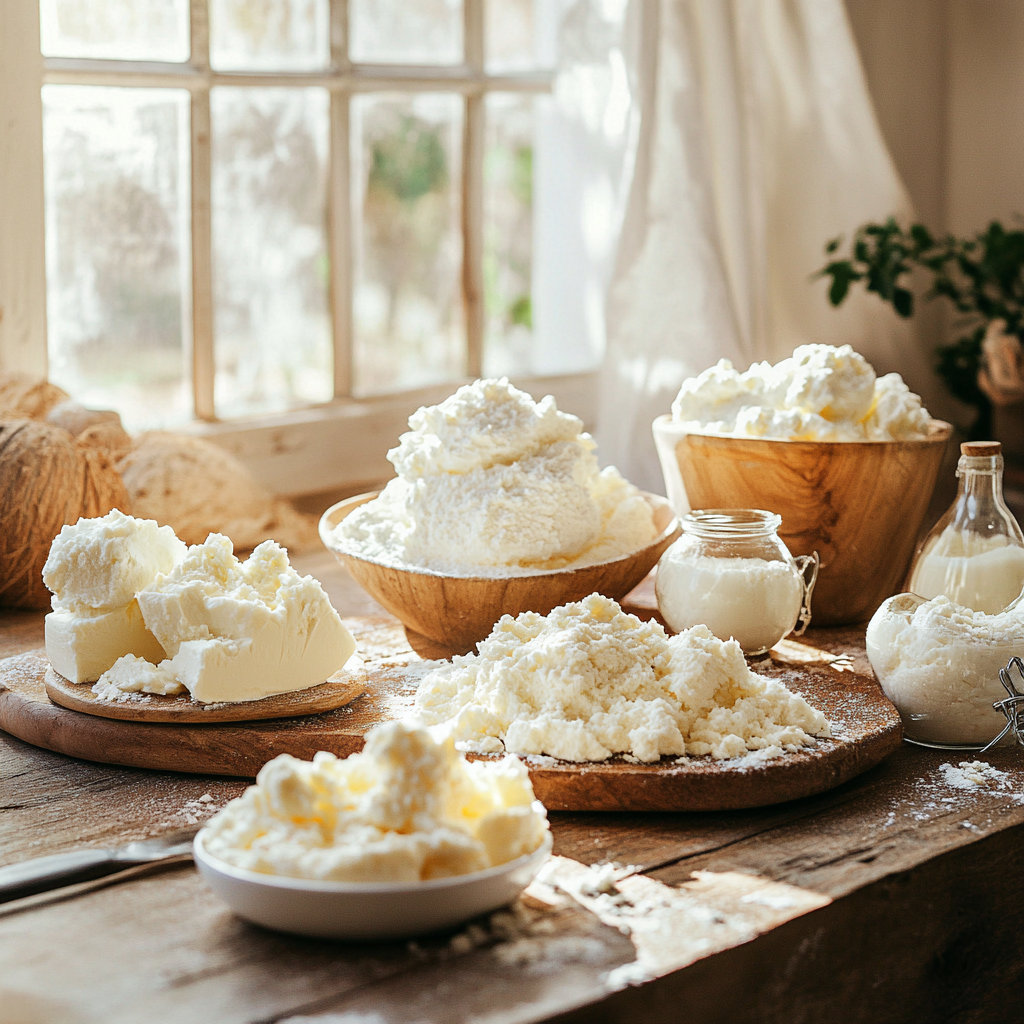Mascarpone, a creamy Italian cheese, is a staple in many classic recipes, such as tiramisu and mascarpone cheesecake. Its luxurious texture and versatile flavor make it a beloved ingredient in both sweet and savory dishes. But for those unfamiliar with it, the taste of mascarpone can be difficult to pinpoint. Is it sweet? Tangy? Rich? Additionally, we’ll dive into its origin, nutritional value, and even alternatives for those looking for substitutes.

Mascarpone is famous for its creamy texture and mild flavor, but understanding the unique mascarpone taste can help you appreciate its versatility. Whether you’re savoring tiramisu or experimenting with savory dishes, the mascarpone taste plays a key role in enhancing flavors.
Understanding Mascarpone
The Origin of Mascarpone
Mascarpone originates from the Lombardy region of Italy, where it has been a culinary treasure for centuries. Its name is believed to derive from the Italian phrase “mascherpa,” referring to milk cream. Traditionally made during the cooler months, mascarpone was initially a regional specialty before gaining global popularity due to its integral role in desserts like tiramisu. Its cultural and historical significance has cemented its place in the kitchens of chefs and home cooks alike.
How Mascarpone is Made
Cheesemakers create mascarpone through a simple yet precise process. Unlike other cheeses, it requires no rennet for coagulation. They gently heat heavy cream and acidify it with lemon juice or citric acid, causing the cream to thicken and curdle slightly. Afterward, they strain the mixture through a fine cheesecloth to produce a soft, spreadable cheese. The absence of rennet results in mascarpone’s uniquely smooth texture and mildly sweet flavor.
Nutritional Profile of Mascarpone
Mascarpone is known for its rich and indulgent nature, but it also packs a nutritional punch. Here’s a breakdown of its typical nutritional composition per 100 grams:
- Calories: Approximately 450 kcal
- Fat: 45 grams (mostly saturated fats)
- Protein: 4 grams
- Carbohydrates: 2-3 grams
While mascarpone is high in calories and fat, it is a good source of essential vitamins such as vitamin A and D. Its creamy consistency and high fat content make it perfect for adding richness to recipes, but it’s best consumed in moderation for those watching their caloric intake.
The Taste of Mascarpone

Primary Flavor Characteristics
The hallmark of the mascarpone taste lies in its subtle sweetness paired with a rich, buttery flavor. Furthermore, this mild profile distinctly sets it apart from tangy or sharp cheeses, making it an ideal choice for a wide range of recipes.
Texture and Mouthfeel
Mascarpone’s texture is as important to its sensory appeal as its flavor. It is luxuriously smooth, with a consistency similar to thick whipped cream or softened butter. When tasted, it coats the palate with a velvety richness, leaving a pleasantly lingering creaminess. This makes it a favorite ingredient in desserts, where its mouthfeel contributes to a decadent eating experience.
Comparison with Similar Dairy Products
Mascarpone often draws comparisons with other dairy products, such as cream cheese, ricotta, and crème fraîche. However, its distinct qualities set it apart:
- Mascarpone vs. Cream Cheese: Cream cheese is tangier and denser, while mascarpone is sweeter and creamier. Cream cheese is often used as a substitute but lacks mascarpone’s delicate flavor.
- Mascarpone vs. Ricotta: Ricotta has a grainy texture and is less creamy, with a slightly tangy taste, whereas mascarpone is smooth and rich.
- Mascarpone vs. Crème Fraîche: Crème fraîche is tangy and slightly sour, making it more suitable for savory applications. Mascarpone’s sweetness makes it versatile for desserts.
Mascarpone’s versatility and mild flavor have made it a favorite for recipes requiring a delicate balance of richness and subtlety.
Common Culinary Uses of Mascarpone

Mascarpone in Desserts
Mascarpone’s mild sweetness and creamy texture make it a star ingredient in a variety of desserts. Most famously, it’s the foundation of tiramisu, where it is combined with sugar, eggs, and whipped cream to create the luscious layers that define the dish. Other desserts that showcase mascarpone include:
- Cheesecakes: Its creamy consistency makes for a lighter, silkier alternative to cream cheese.
- Fruit Parfaits: Layered with fresh fruits and granola, mascarpone adds indulgence to an otherwise simple treat.
- Frostings and Fillings: Used in cakes, cupcakes, and pastries, mascarpone brings richness without being overly sweet.
Mascarpone in Savory Dishes
Though often associated with desserts, mascarpone shines equally in savory recipes. It adds a luxurious texture and mellow flavor to dishes like:
- Creamy Pasta Sauces: Blended into sauces, mascarpone melts beautifully and provides a silky finish.
- Risottos: A dollop of mascarpone stirred in at the end enhances the creaminess of the dish.
- Stuffed Proteins: Used as a filling for chicken breasts or rolled into veal or pork, mascarpone elevates the dish with its rich creaminess.
Mascarpone as a Topping or Spread
Mascarpone works wonderfully as a standalone component, adding elegance to everyday meals:
- On Toasts and Bagels: Spread on bread and topped with honey or jam for a quick, satisfying snack.
- As a Dip Base: Combined with herbs, garlic, or spices for a creamy dip for veggies or crackers.
- With Fresh Fruits: A dollop of mascarpone pairs beautifully with berries, peaches, or figs, enhancing their natural sweetness.
Mascarpone’s versatility allows it to adapt seamlessly to a wide range of dishes, making it an indispensable ingredient in both professional kitchens and home cooking.
Popular Recipes Featuring Mascarpone
Classic Tiramisu Recipe
Tiramisu is perhaps the most iconic dish featuring mascarpone. This traditional Italian dessert layers espresso-soaked ladyfingers with a creamy mascarpone mixture and finishes with a dusting of cocoa powder.
Ingredients:
- Mascarpone cheese
- Ladyfingers
- Espresso or strong coffee
- Eggs (separated)
- Sugar
- Cocoa powder
Preparation:
- Whisk egg yolks and sugar until pale and fluffy, then fold in mascarpone.
- Whip egg whites separately to stiff peaks and fold them gently into the mascarpone mixture.
- Layer soaked ladyfingers and mascarpone cream in a dish, repeating until all ingredients are used.
- Refrigerate for several hours, then sprinkle with cocoa before serving.
Mascarpone Cheesecake
Mascarpone lends a lighter, silkier texture to cheesecake compared to cream cheese.
Ingredients:
- Mascarpone cheese
- Graham cracker crust
- Eggs
- Sugar
- Vanilla extract
- Lemon zest
Preparation:
- Blend mascarpone with sugar, eggs, vanilla, and lemon zest.
- Pour the mixture over the prepared crust.
- Bake until the filling is set but slightly wobbly in the center.
- Chill thoroughly before serving.
Savory Mascarpone Pasta
A mascarpone-based sauce transforms a simple pasta dish into an indulgent meal.
Ingredients:
- Mascarpone cheese
- Pasta (e.g., fettuccine or penne)
- Garlic
- Parmesan cheese
- Fresh herbs (basil or parsley)
Preparation:
- Sauté garlic in olive oil, then stir in mascarpone and a bit of pasta water to create a smooth sauce.
- Toss cooked pasta in the sauce, sprinkle with Parmesan, and garnish with fresh herbs.
- Serve immediately for a rich, comforting meal.
Mascarpone lends a rich and silky texture to cheesecakes, offering a lighter alternative to cream cheese. For a step-by-step guide to making the best Philadelphia-style cheesecake, check out this detailed recipe. It’s perfect for mastering a classic dessert with ease
Storage and Shelf Life of Mascarpone

Proper Storage Methods
Proper storage is crucial to maintaining the quality and safety of mascarpone. Follow these best practices to ensure your mascarpone stays fresh:
- Refrigeration: Always store mascarpone in the coldest part of your refrigerator, ideally in a sealed container. Keep it away from foods with strong odors, as mascarpone can absorb them easily.
- Airtight Containers: If the original packaging is damaged, transfer the mascarpone to a clean, airtight container to prevent exposure to air and moisture.
- Avoid Temperature Fluctuations: Do not place mascarpone on the refrigerator door, as the temperature fluctuates when the door is opened.
Recognizing Spoiled Mascarpone
It’s important to identify signs of spoilage before using mascarpone to avoid any health risks. Spoiled mascarpone will exhibit:
- An Off Smell: A sour or rancid odor is the most noticeable indicator that mascarpone is no longer fresh.
- Change in Texture: Fresh mascarpone should be smooth and creamy. If it appears watery, separated, or lumpy, it may have gone bad.
- Mold Growth: Any visible mold, whether white, green, or black, indicates spoilage, and the mascarpone should be discarded immediately.
Tips for Extending Freshness
If you don’t use mascarpone frequently, try these strategies to prolong its shelf life:
- Use a Spoonful at a Time: Avoid dipping directly into the container with a utensil that has been used for other foods, as this introduces bacteria.
- Freezing for Long-Term Storage: While mascarpone isn’t ideal for freezing due to potential texture changes, it can be frozen for up to two months. Before freezing, divide it into smaller portions in airtight containers. Thaw in the refrigerator overnight before using, and expect slight separation, which can be remedied by stirring.
- Consume Quickly After Opening: Once opened, mascarpone should be consumed within 7-10 days for optimal freshness and flavor.
Alternatives to Mascarpone

Cream Cheese as a Substitute
Cream cheese is the most common replacement for mascarpone, as it’s widely available and shares a similar creamy consistency. However, cream cheese is denser and tangier than mascarpone. To create a closer match:
- Mix equal parts cream cheese and heavy cream to achieve a smoother texture and milder flavor.
- Use this blend in desserts like cheesecakes or savory recipes like pasta sauces.
Ricotta Cheese as a Substitute
Ricotta is another viable alternative, especially in Italian recipes. While ricotta has a grainier texture and is less creamy, blending it with heavy cream or milk can mimic mascarpone’s smoothness.
- Ideal For: Savory dishes like lasagna, stuffed shells, or dips.
- Flavor Adjustment: Add a pinch of sugar or honey when substituting for mascarpone in desserts.
Vegan and Dairy-Free Alternatives
For those avoiding dairy, there are plant-based substitutes that can replicate mascarpone’s creamy texture:
- Cashew Cream: Made by blending soaked cashews with water, lemon juice, and a touch of sweetener, cashew cream is a versatile dairy-free option.
- Coconut Cream: Extracted from chilled cans of coconut milk, the thick, creamy layer on top can be used as a mascarpone alternative. Its natural sweetness works well in desserts.
- Tofu-Based Creams: Silken tofu blended with plant-based milk and sweetened to taste creates a neutral-tasting substitute for both sweet and savory dishes.
FAQs
Is mascarpone sweet or savory?
Mascarpone is naturally mild and slightly sweet, which makes it a versatile base for both sweet desserts like tiramisu and savory dishes like risottos. Its subtle sweetness complements a wide range of flavors.
Can you eat mascarpone on its own?
You can certainly enjoy mascarpone on its own. In fact, its creamy texture and mild flavor make it an especially delightful accompaniment to fresh fruits, a drizzle of honey, or even as a simple spread on toast or crackers. Additionally, its versatility allows it to complement both sweet and savory pairings, making it a go-to ingredient for quick and satisfying treats.
Is mascarpone healthy?
Mascarpone provides a rich source of calcium and vitamins like A and D, offering essential nutrients. However, its high levels of saturated fat and calories make moderation important, especially for individuals following low-fat or calorie-restricted diets.
How does mascarpone compare to cream cheese?
Mascarpone is smoother, creamier, and less tangy than cream cheese. While cream cheese is often used in traditional Philadelphia-style cheesecakes, mascarpone provides a lighter, silkier alternative. If you’re looking for a step-by-step guide to crafting a classic Philadelphia-style cheesecake, check out this recipe.
What dishes are best with mascarpone?
- Desserts: Tiramisu, mascarpone cheesecakes, and fruit parfaits.
- Savory Dishes: Creamy pastas, risottos, and as a stuffing for meats.
- Quick Snacks: Spread on toast with honey, paired with fruit, or used in dips.
Where can I buy mascarpone?
Look for mascarpone in the cheese or dairy section of most grocery stores. You can also purchase it from specialty Italian markets or online retailers. For the best quality, select brands that follow traditional Italian methods and use minimal ingredients.
Conclusion
Mascarpone is a unique and luxurious ingredient that can elevate a wide range of recipes. Not only does its mild sweetness and creamy texture make it versatile, but it also appeals to both professional chefs and home cooks alike. Whether you’re indulging in a classic tiramisu, experimenting with savory pasta sauces, or even seeking substitutes for dietary needs, mascarpone offers endless possibilities. Moreover, by understanding how to store it properly, recognizing alternatives, and making the most of its culinary potential, you’ll unlock the full charm of this delightful Italian cheese.
In addition, the rich, creamy mascarpone taste stands as a cornerstone of Italian cuisine and remains a favorite among food enthusiasts. From decadent desserts like tiramisu to comforting risottos, its subtle sweetness and smooth texture consistently elevate countless recipes. Furthermore, whether you’re aiming to replicate the authentic mascarpone taste or exploring creative substitutes, this cheese opens the door to endless culinary opportunities. With its versatility and elegance, mascarpone continues to be a timeless addition to kitchens worldwide.
